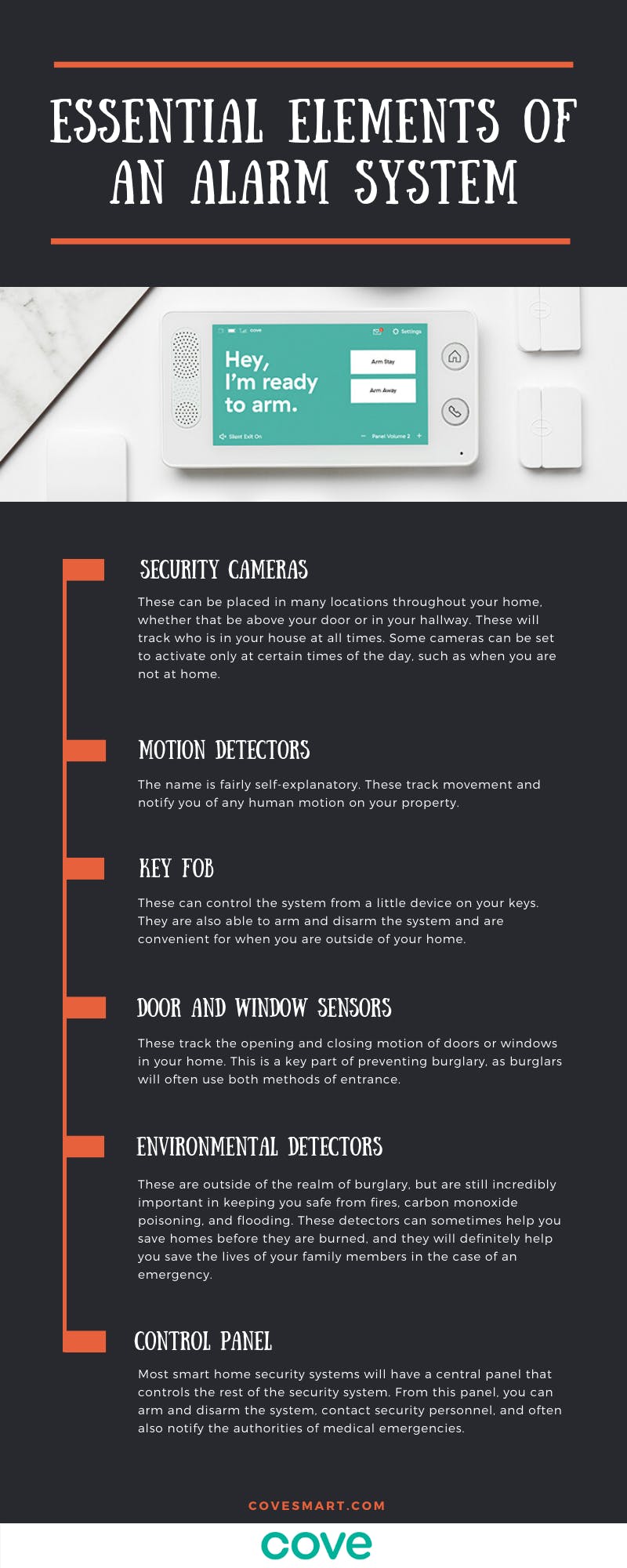
We all understand the importance of home. Our homes embody who we are as people. We relax at home, eat at home, raise families at home, and sometimes even work at home. Our homes should always feel safe and secure. One of the best ways to achieve this kind of long-lasting peace of mind is to incorporate a security system into your home. But what is the most cost-effective way to secure your home? This is a really important question. We all want the most bang for our buck, and home security can often turn into a pretty expensive endeavor. Finding a good product for a good price is key. This is your home, after all, and it deserves to be taken care of without breaking your bank.
Why a Security System?
Unfortunately, burglary, trespassing, and other unlawful entry crimes are some of the most commonly committed crimes. In 2016, almost 2 million burglaries were committed in the United States alone! This is an incredibly high number of burglaries, and with around 129 million homes in the US, that puts your chances of being burgled at 1.6% each year. This is an unsettling statistic, but an important one as you move forward to find the best way to protect yourself.
One option many people choose over home security is home insurance. This is a good option, and an important one, but sometimes insurance companies don’t cover as much as they should, and at the end of the day, they may be able to help you replace hardware that you’ve lost, but they can’t prevent your items from being stolen or damaged in the first place.
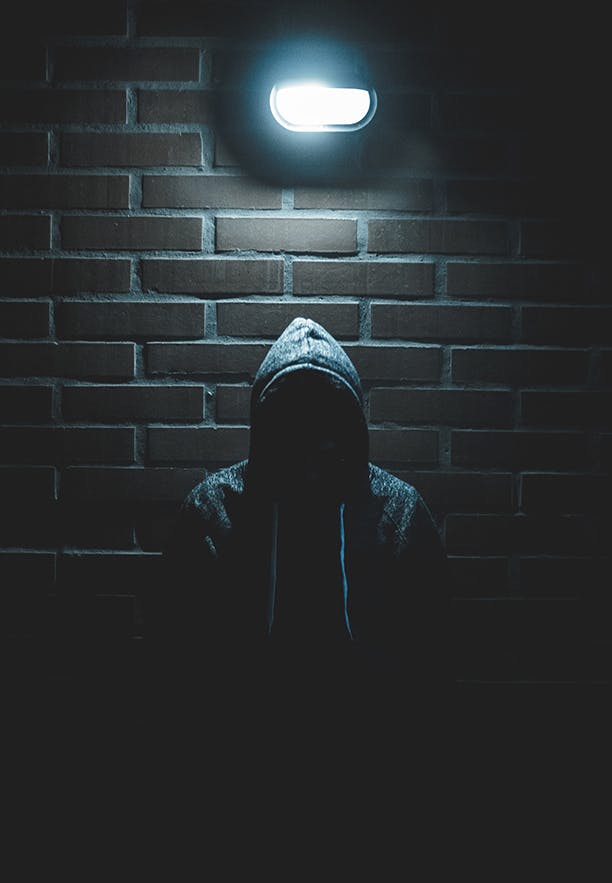
Prevention is a better way to deal with burglaries, and this is where home security systems come in. If your home is secure, then there will be no need for you to file a claim with your insurance company, because your house is significantly less likely to be robbed. Additionally, a burglary is an incredibly traumatic experience, and oftentimes insurance companies only add to the stress and trauma by telling you that the things you need, which were stolen, weren’t actually covered. Well, a home security system will have you covered. And even if your security system is a little more expensive up front, the long term benefits are huge: your home is protected, you feel safe, and you don’t have to interact with your insurance company. This will give you the peace of mind you need, without emptying your wallet.
Luckily, home security systems are more affordable than they’ve ever been before. The introduction of DIY home security systems, as well as fantastic leaps forward in home security technology, mean that you can keep your home as safe and snug as your heart desires, oftentimes for less than $500. Back in your grandparents’ day, the best and only way to keep their homes secure was by making sure to lock the doors, and maybe keep a shotgun hidden by the bed. Luckily for you, today’s technology makes home security possible even when you forget to lock the door! Wow, what a great thing. And you don’t need to know how to shoot a gun to protect yourself, because as research shows, most burglars will run when they realize an alarm system has been installed.

Factors to Consider in a Cheap Security System
There are a few important factors to consider when buying an alarm system for your home. Perhaps the most important one is finding a system that best fits your needs. If you live in a large home, you may wish to install things like perimeter motion sensors around the outside edges of your home and yard. This way, you will be notified of trespassers before anyone ever gets inside your house. If you live alone in an apartment, your needs will probably be different. In an apartment, you might utilize sensors on your door and windows in order to alert you to any movement that isn’t caused by yourself. In a small home, a single security camera might fit your needs.
Another important factor in choosing a home security system is customer service. A great alarm system can be made less useful and desirable if the people selling and installing it (or helping you to install it) are not helpful, kind, and respectful. Customer service is especially important for DIY systems. These systems are shipped to you so that you can install them yourself, and if the company doesn’t have good representatives to walk you through installation when you have questions, they probably aren’t worth your time and money. Transparent return policies can be an important aspect of customer service, so make sure to pay attention to the level of transparency a company gives you about its return policy.
A factor many people are worried about is cost. An alarm system can get expensive, so it’s important to find a system that works well, but for a good price. One of the best ways to do this is to identify the elements you need and only purchase those elements. Some companies offer “create your own” package options. Another way to cut costs is to opt for limited or on demand monitoring instead of 24/7 professional monitoring. This way, the system notifies you of trouble, or you find yourself in need of help, and then you notify the company or the authorities yourself. Depending on how much monitoring you’d prefer to do yourself, and how much you’d rather someone else did, you can plan for costs by looking into more specific monitoring services.
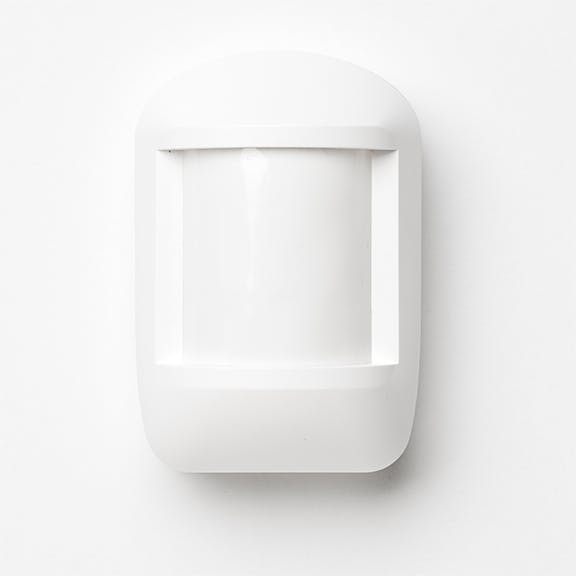
Elements of a Home Security System
To be an educated customer, It is important to understand the different elements that make up Home Security Systems. Here are some of the most common elements:
- Security Cameras: These can be placed in many locations throughout your home, whether that be above your door or in your hallway. These will track who is in your house at all times. Some cameras can be set to activate only at certain times of the day, such as when you are not at home.
- Motion Detectors: The name is fairly self-explanatory. These track movement and notify you of any human motion on your property.
- Keypad or Keyless Entry: One of the most common times unlawful entry occurs is when a door is left unlocked. It’s easy to get in and easy to get out, and oftentimes the crime could go unreported. A keyless entry system, whether it uses something as simple as a coded keypad or something as complicated as a fingerprint sensor, can prevent burglars from being easily able to access your home.
- Window Sensors: A common point of entry for trespassers and burglars can be a window. Window sensors monitor the movement of the windows in your home. Glass-Break detectors can also be placed on windows to sense when a window has been broken, indicating an attempt at forced entry.
- Door Sensors: These track the opening and closing motion of doors in your home. This is a key part of preventing burglary, as burglars will often need to go through one or more doors, even if their initial entry is through a window.
- Smart Locks: These locks can be operated from a phone or other wireless device, which is helpful if you leave the house and forget to lock the door, or if you’ve climbed into bed already and don’t want to get back up to check the locks.
- Environmental Detectors: These are outside of the realm of burglary, but are still incredibly important in keeping you safe from fires, carbon monoxide poisoning, and flooding. These detectors can sometimes help you save homes before they are burned, and they will definitely help you save the lives of your family members in the case of an emergency.
- Central Control Panel: Most smart home security systems will have a central panel that controls the rest of the security system. From this panel, you can arm and disarm the system, contact security personnel, and often also notify the authorities of any medical emergencies.
- Key Fobs: These can control the system from a little device on your keys. They are also able to arm and disarm the system and are convenient for when you are outside of your home.
- Garage Door Keypad Entry: Having a keypad for your garage has become a given in today’s tech-savvy world, but it’s still an important security feature. It is also smart to keep the door inside of your garage locked, or place a door sensor on this door.
These different elements are often mixed and matched into different security systems. Some companies will offer set packages that they install themselves, while others allow you to pick and choose only the elements you need, and you install these elements yourself.
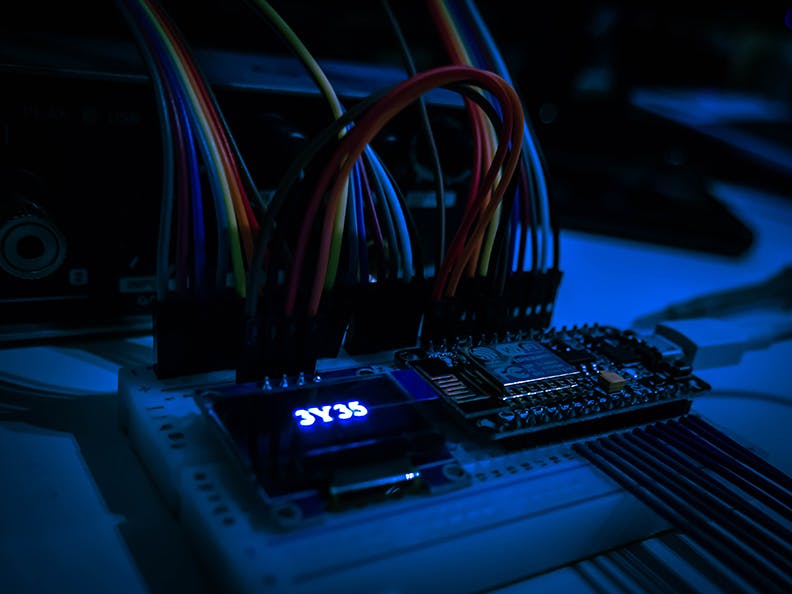
Professionally Installed Security Systems
The most traditional form of home security is the professionally installed and professionally monitored option. This form of security is best for high-end security systems that require complicated wiring, etc. While many companies now offer DIY security systems, some people prefer a professionally-installed system. The nice thing about professional systems is that they do not require much work on your part, but many DIY systems have now caught up in ease of installation.
If you don’t like installing things yourself and you don’t mind an installation fee, these kinds of security systems might be for you. Leading systems include Vivint, ADT, and Alder. Most of these systems require some kind of contract. These contracts are often offered in 1- and 3- year options. Price Comparisons: Professionally-Installed Security Systems Here’s a quick comparison. Take a look at a few of these most common professionally installed security system providers, and see how their pricing stacks up:
ADT
ADT is one of the best-known alarm systems in the country, but it isn’t necessarily the cheapest or best option out there. According to ADT’s website, they charge $36.99-$52.99 per month in equipment and monitoring costs, depending on the level of monitoring you are looking for. ADT also charges a $99.00 installation fee. At these prices, you are looking at $450-$636 per year in security costs.
Vivint
Vivint is generally considered a good option for home security, and their service is used by millions of customers, but once again, does it give you the best bang for your buck? Maybe not. Equipment costs with Vivint will generally run around $600 for a basic system. Monitoring costs are generally $38.99-$39.99 a month. The nice thing about Vivint is that you can pick and choose elements of the security system that best fit your needs. Once again, however, you’re paying around $500 per year for your security coverage.
Alder
Alder home security is another good option for professionally-installed home security systems. The nice thing about Alder is that it does not require a certain credit score or any other criteria to sign up for the service. Monthly monitoring costs at Alder generally run around $34.99 per month. There are no upfront fees and the contract lasts 3 years, or 36 months. Thus, you are likely to spend about $425 a year in security costs, which is slightly cheaper than both Vivint and ADT. Professional installation does cost extra as well, but there is an option with Alder to install the system yourself.
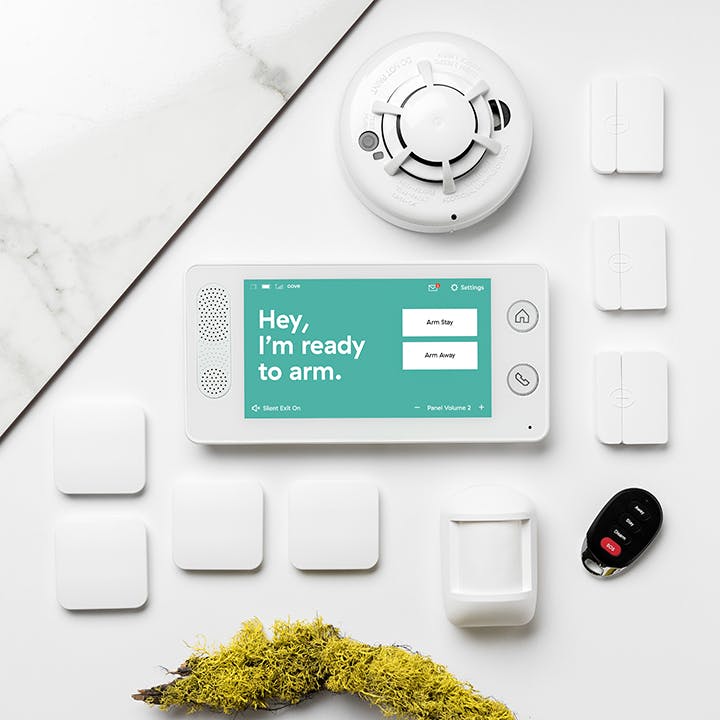
Affordable Security Systems: DIY Security
Some of the products listed above may sound really useful, while others may sound interesting but superfluous. One cheap way to get a quality home security system is by buying the elements you want and installing them around your home yourself. Companies like Cove offer options like this. You can pick the number of door sensors you need, and you can decide if you want cameras or motion detectors, and how many you need around your home.
One important thing is to make sure your elements are all compatible with one another. Usually, you will need a specific camera to tie into a specific security system. It would be unfortunate to purchase several elements from different companies that were incompatible, which is why it’s usually a good idea to purchase from the same company.
Price Comparisons: DIY Home Security Systems
In comparison with the professionally installed systems, DIY systems are generally much more affordable. Here are a few of the most common DIY home security systems, as well as pricing for those systems.
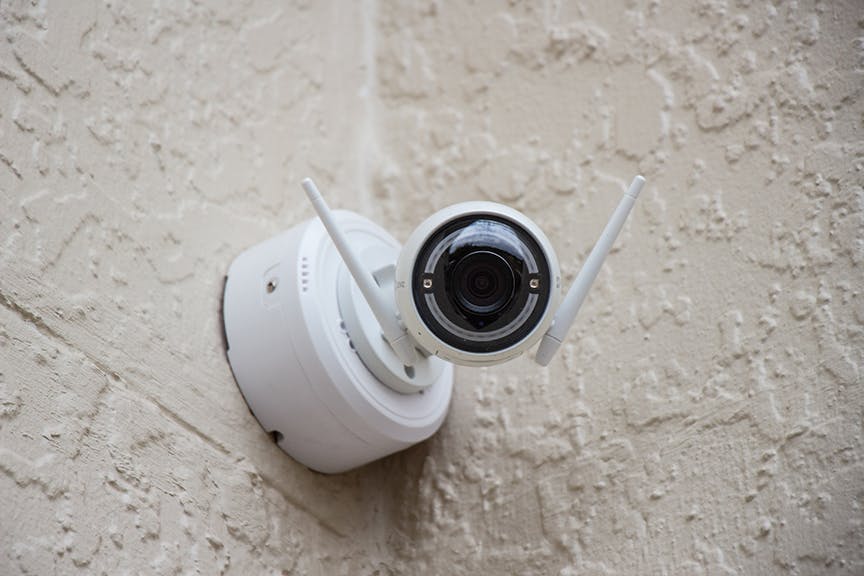
SimpliSafe
SimpliSafe is a common DIY home security group, with fairly reasonable, though not ideal pricing. SimpliSafe has been around for a while, and offers solid service for a good price. Equipment bundles starting at $229 and up to $489. The cheapest bundle offered by SimpliSafe includes:
- Keypad/controller
- Entry Sensors
- Motion Detector
No camera is included in the prices for any of the packages. However, a separate SimpliCam is an additional $99 to buy.
Monitoring costs for SimpliSafe are offered in two packages: one is a $14.99/month service, and the other is a $24.99/month service. These provide two different levels of monitoring, depending on what you need. SimpliSafe is a cheap option, and that is probably its biggest virtue, but it’s still not the most cost-effective option out there.
Frontpoint
Frontpoint is another common DIY home security system. It’s products tend to be a little more expensive than the other systems discussed in this article. The least expensive package from Frontpoint costs $430.95 and incorporates:
- Keypad
- Window and door Sensors
- Motion detector
The most expensive package is $1332.84. Frontpoint does offer packages with cameras, which you do not need to buy separately, but at the end of the day, buying a camera isn’t quite as expensive as Frontpoint makes it out to be.
Monitoring costs for Frontpoint are around $34.99-$49.99 a month, depending on the level and interactivity of monitoring you desire. Frontpoint also requires either a 1- or 3-year contract at the time of purchase. If you have a little extra money, this might be a good option, but it isn’t necessarily giving you the best product for your money.
Cove
Cove is a fairly recent addition to the world of home security, but offers competitive pricing, and incredible service. Cove provides 24-hour shipping on DIY home security systems, as well as a 60-day no risk money-back guarantee. If you try the system and don’t like it, you can return the system with no cost to you.
Cove’s packages are also customizable. The set packages range in cost from $229-$389, with a $0 down option that is available where you get the equipment free. The cheapest package at Cove incorporates:
If the provided packages don’t seem right for your situation, no problem! You are able to build your own package. These packages can incorporate cameras, sensors, and environmental detectors (such as smoke detectors, carbon monoxide detectors, flood sensors, etc.). Each sensor and camera is individually priced if you build your own package, which saves you a lot of money in the long run. Cove also frequently has sales on equipment, which can allow you to build your ideal system for an even lower price. Cove’s monthly monitoring costs range from $14.99-$34.99. The con of Cove’s system is that it does not yet incorporate integration with Alexa and other smart home systems, but this is far outweighed by the pros of a cheap and effective DIY security system.
Which is Cheaper? DIY or Professionally Installed Security Systems?
Looking at the statistics above, it’s easy to see that DIY systems are the more cost-effective options. Most DIY systems are designed to be easy to set up, and you can avoid installation costs and get less expensive monitoring fees.
If finding a security system that won’t cost you too much is key, Cove’s DIY home security might be for you. Take a look at our website and see for yourself.
